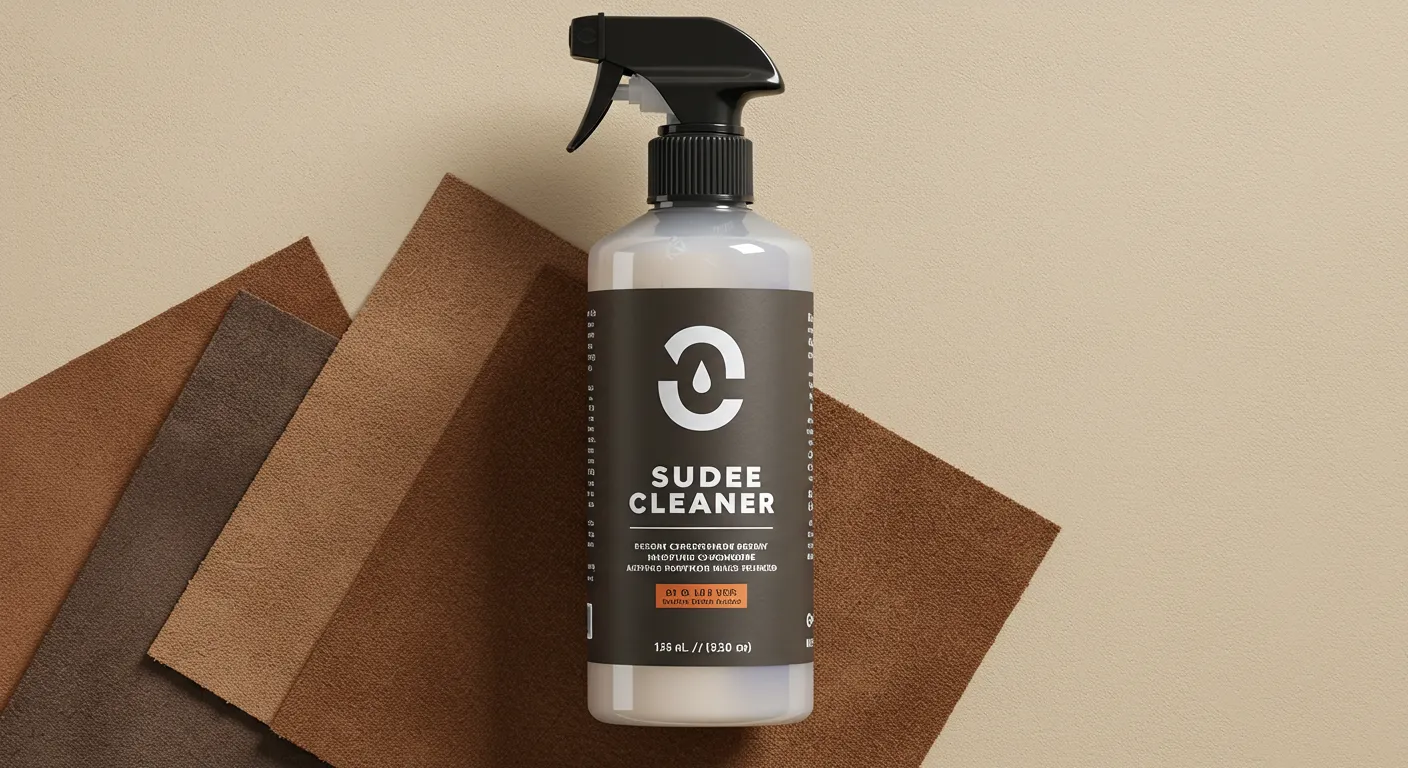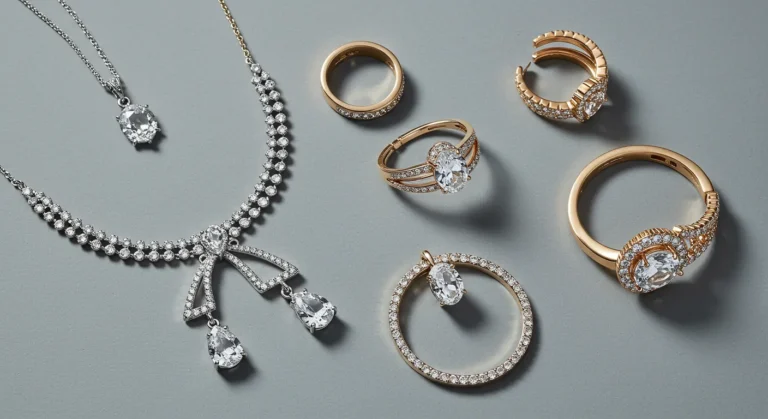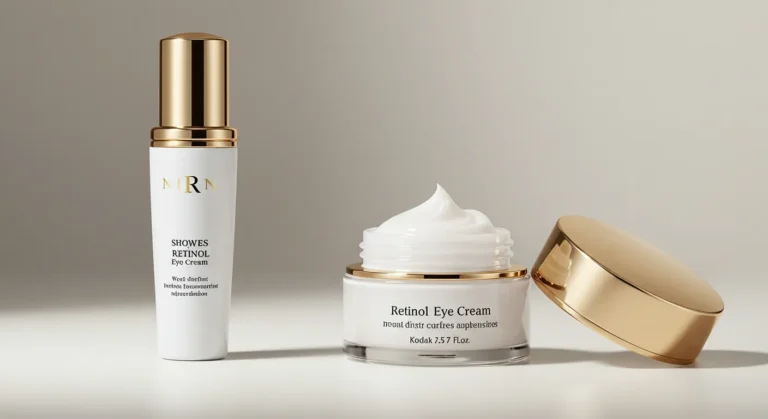best Suede Cleaner The Complete Guide for Suede Items
introduction
Suede Cleaner is one of those luxurious materials that instantly elevates the look of shoes, jackets, bags, and furniture. Its velvety texture, rich tones, and tactile appeal have made it a fashion and home décor favorite for decades. But this beauty comes with a caveat — suede is delicate. Unlike regular leather, which has a smooth, sealed surface, suede is the underside of the animal hide, giving it its signature soft, fuzzy finish. This means it’s more porous, more prone to staining, and more sensitive to moisture.
When you buy suede, you’re investing in a fabric that requires thoughtful care and maintenance. This is where suede cleaners come in. These specialized products are designed to clean without damaging the nap (the raised fibers) or altering the color. Using the wrong type of cleaner — say, a standard detergent or harsh chemical — can lead to stiffening, discoloration, and irreversible damage.
A good suede cleaner doesn’t just “remove dirt” — it revitalizes the nap, keeps the texture soft, and extends the life of your item. The best cleaners work gently yet effectively, breaking down stains while keeping the suede’s delicate fibers intact. Whether it’s everyday dust from city streets or a coffee spill on your favorite boots, having a quality suede cleaner on hand can mean the difference between salvaging and replacing an item.
Understanding the fabric is the first step in mastering suede care. When you know how it behaves, you can choose the right cleaner and techniques to keep it looking showroom-fresh for years.
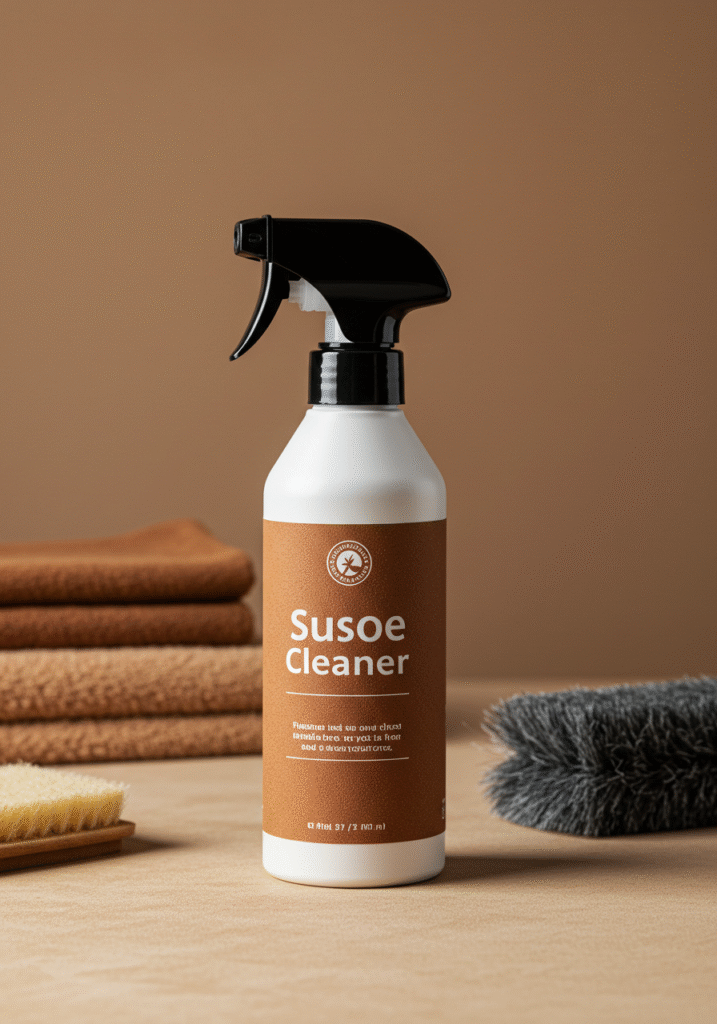
Why Suede Needs Special Care
If you’ve ever had a suede item, you already know: it’s stunning, but it’s also unforgiving. Water spots, scuff marks, and even a light brush against a dirty surface can show up instantly. The reason suede requires such special care lies in its structure. The nap — those fine, raised fibers — gives it its texture but also traps dirt and moisture easily. Unlike smooth leather, you can’t just wipe suede clean.
Moisture is suede’s biggest enemy. When water penetrates the nap, it can cause the fibers to clump, harden, or discolor. Stains set quickly, and even oil from your hands can darken the material over time. Add to that the fact that suede can fade in direct sunlight, and you see why maintenance is crucial.
This is where a suede cleaner becomes non-negotiable. These products are formulated to lift dirt and stains without saturating the material. Many suede cleaners also include conditioners to restore the nap’s softness after cleaning. Some come in spray bottles for even application, while others are in foam or powder form for targeted spot treatments.
The right suede cleaner ensures your items remain not just clean, but also supple and vibrant. Think of it like skincare for your favorite fashion pieces — regular, proper treatment keeps them youthful and attractive. And just like skin, neglect can lead to premature aging and damage.
Types of Suede Cleaners
Not all suede cleaners are created equal, and understanding the different types can help you choose the best one for your needs. The main categories include:
- Liquid suede cleaners: Often water-based with special emulsifiers that lift dirt without over-wetting the material. Best for deeper cleaning and tough stains.
- Foam suede cleaners: Create a dense foam that sits on top of the fabric, loosening dirt without soaking in. Great for surface cleaning and spot treatment.
- Powder suede cleaners: Ideal for oil and grease stains. The powder absorbs the oils, and then you simply brush it off.
- Suede cleaning kits: Often include a cleaner, a suede brush (to restore the nap), and a block eraser for scuffs. These are perfect for all-around maintenance.
Most suede cleaners rely on gentle surfactants and specialized solvents that won’t strip color or damage fibers. The cleaning process usually involves applying the cleaner, allowing it to work on the stain, and then brushing the nap to restore texture.
An important thing to remember: always test a cleaner on a small, hidden area first. This prevents surprises like color fading or uneven texture. Also, pairing your cleaner with the right tools — like a good suede brush — can dramatically improve results.
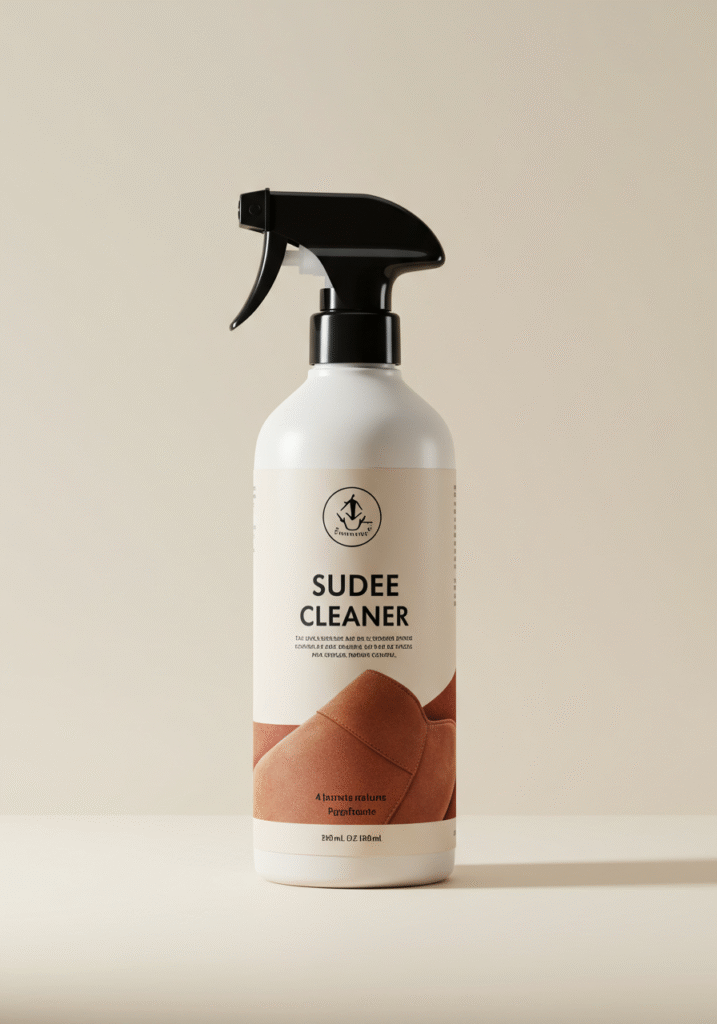
DIY vs. Professional Suede Cleaning
When it comes to suede care, one of the most common dilemmas is whether to handle the cleaning process yourself or trust it to a professional. The choice isn’t just about convenience—it’s also about cost, risk, and the final results you can expect. Both methods have their merits, and understanding them in detail will help you make the right call for your specific suede item.
DIY Cleaning appeals to those who want a quick and budget-friendly solution. With a suede cleaner spray, a specialized suede brush, and perhaps a suede eraser, you can tackle light stains and restore the nap at home. This approach works well for minor scuffs, dirt buildup, or water spots, especially if the suede item is something you wear often, like casual shoes or a handbag. DIY methods also allow you to act immediately—fresh stains are easier to remove when treated quickly. However, the main risk is that over-scrubbing or using the wrong products can cause permanent damage. Suede is sensitive to moisture, so an incorrect cleaning technique could leave marks or alter its texture.
Professional Cleaning, on the other hand, is the go-to for expensive, delicate, or heavily soiled suede items. Experts use industrial-grade suede cleaners, specialized steam machines, and controlled drying techniques to achieve a deep clean without harming the material. This option is perfect for designer suede jackets, rare handbags, or heirloom accessories where replacement would be costly. The downside is the expense—professional suede cleaning can range from moderate to high in cost depending on the item’s size and condition. Plus, you’ll have to factor in turnaround time, which may take several days.
In short, DIY is best for routine upkeep and small stains, while professional cleaning is ideal for major restoration or preserving high-value pieces. A good rule of thumb: if the suede item has sentimental or significant monetary value, or the stain is stubborn and widespread, skip the DIY risk and go straight to the experts.
How to Use Suede Cleaner Safely
Using a suede cleaner properly can mean the difference between reviving your favorite pair of suede boots and accidentally ruining them. The process might seem simple, but suede’s delicate nature demands a gentle and strategic approach. Here’s a step-by-step guide to ensure safe and effective cleaning.
Preparation – Begin by reading the label of your suede cleaner carefully. Each product may have specific directions or restrictions based on its chemical composition. Work in a well-ventilated space, and gather your tools: suede cleaner, a suede brush, a suede eraser, and a clean microfiber cloth.
Dry Brushing – Before applying any liquid cleaner, use a suede brush to remove loose dirt and debris. Brush in one consistent direction to lift the nap and avoid matting the fibers. This step prevents dirt from getting pushed deeper into the fabric once moisture is applied.
Spot Testing – Apply a small amount of suede cleaner to an inconspicuous area—like the inner seam or underside. Let it dry completely to check for any discoloration or texture changes before committing to the entire item.
Cleaning – Apply the suede cleaner according to the manufacturer’s instructions, usually with a damp cloth or directly from the spray bottle. Less is more—avoid saturating the suede. Gently dab rather than rub, as rubbing can flatten the nap and spread the stain.
Drying – Let the suede air-dry naturally in a shaded, well-ventilated area. Never use direct heat sources like a hairdryer or radiator, as they can stiffen and shrink the material.
Restoring the Nap – Once dry, brush the suede again in one direction to restore its soft texture. If stubborn marks remain, a suede eraser can help lift embedded stains without damaging the fibers.
By following these steps, you’ll not only clean your suede effectively but also extend its lifespan and maintain its luxurious feel.
Mistakes to Avoid
Cleaning suede is not forgiving of shortcuts or carelessness. A small error can cause permanent damage to the fabric, so knowing what not to do is just as important as knowing the correct process.
Using Too Much Water – Suede’s porous texture soaks up moisture easily, which can cause water stains or stiff patches. Always use minimal liquid and avoid soaking the item.
Skipping the Spot Test – Even if a cleaner is marketed as “safe for all suede,” different dyes and finishes can react unpredictably. Without a spot test, you risk discoloration.
Aggressive Scrubbing – Brushing too hard or in random directions can distort the nap and create shiny or bald spots. Gentle, uniform strokes are essential.
Using Household Cleaners – Common cleaning products like vinegar, baking soda, or multipurpose sprays can strip suede of its natural oils and alter its color. Only use products specifically designed for suede.
Applying Heat to Speed Up Drying – A hairdryer, heater, or direct sunlight might seem like a good way to speed up the process, but it can shrink, warp, or harden the suede fibers.
Not Addressing Stains Promptly – The longer a stain sits, the harder it is to remove. Treating marks as soon as possible prevents them from setting permanently.
By avoiding these pitfalls, you’ll ensure that your suede pieces remain soft, clean, and wearable for years to come. Prevention is key—regular maintenance with proper tools will make deep cleaning less frequent and less risky.
Professional-Grade
For those who want a deep clean without risking damage, professional-grade suede cleaners are an excellent investment. These products are specifically formulated to lift dirt, oils, and stains without altering the texture or color of the suede. They often come in spray or liquid form, and many include built-in conditioners that restore softness and prevent cracking. The key advantage of professional cleaners is their effectiveness on stubborn stains that ordinary home methods may fail to remove—think oil spills, ink marks, or salt stains from winter boots.
When using a professional suede cleaner, it’s crucial to follow the instructions exactly. Over-application can saturate the material, leading to discoloration or stiffness once dry. Most high-end suede cleaning solutions require you to apply a small amount to a clean cloth or brush, work it gently into the suede, and then allow the item to air-dry naturally. To avoid uneven results, always treat the entire surface rather than focusing only on the stained area. This ensures uniform color and texture after cleaning. Brands like Saphir, Jason Markk, and Tarrago are highly regarded among shoe care professionals for delivering consistent, high-quality results.
Preventive Maintenance
The best way to keep suede looking pristine is to prevent stains and dirt from setting in the first place. Preventive maintenance involves a mix of proper storage, regular brushing, and protective sprays. Suede protector sprays form an invisible, breathable barrier over the surface, making it harder for liquids and dirt to penetrate the fibers. These treatments are especially important for items exposed to the elements, like jackets, boots, or handbags.
Regular brushing is also critical. Using a suede brush every few wears helps keep the nap lifted, removes light dust, and prevents dirt from becoming embedded in the fabric. If you live in a rainy or snowy climate, be mindful of weather conditions before wearing suede outdoors. Even with protective spray, prolonged exposure to water can cause lasting damage. Storing suede items in a cool, dry place away from direct sunlight will also prevent fading and stiffening over time. Placing shoes or bags in breathable dust bags can help protect them from dust and accidental spills when not in use.
DIY Suede Cleaner Recipes
Sometimes you need a quick solution for an unexpected suede mishap, and homemade suede cleaner recipes can be a lifesaver. One popular method involves mixing white vinegar and water in equal parts, lightly dampening a clean cloth with the solution, and gently blotting the stained area. Vinegar works well on salt and water stains, breaking down mineral deposits without harming the suede’s texture.
Another simple DIY approach uses cornstarch or talcum powder for oily stains. Sprinkle the powder generously over the affected area and let it sit for several hours—or overnight—to absorb the grease. Afterward, use a suede brush to remove the powder and restore the nap. While DIY suede cleaning can be effective for mild stains, it’s important to remember that these methods are best suited for small, localized issues. For expensive or heavily soiled items, professional cleaning remains the safest option. Always test any homemade solution on a hidden area first to ensure it won’t cause discoloration.
FAQs
Can I use a regular household cleaner on suede?
No. Household cleaners often contain harsh chemicals or too much moisture, which can permanently damage suede. Always use products specifically labeled as safe for suede.
How often should I clean my suede shoes or jacket?
Light brushing after every wear is ideal to remove surface dirt. Deep cleaning with a suede cleaner should be done when stains, scuffs, or discoloration appear, or every few months for frequently worn items.
What’s the difference between suede cleaner and leather cleaner?
Leather cleaners are formulated for smooth leather, which has a sealed surface. Suede, being porous and napped, requires gentler, moisture-controlled formulas to avoid damaging the texture.
Can I clean suede with water?
Direct water use can cause staining, warping, or stiffening. If necessary, use minimal water with a suede-specific cleaner and allow the item to air dry naturally.
How can I protect suede from future stains?
Use a protective suede spray that creates a water- and stain-resistant barrier. Apply it before the first use and reapply every few months.
Is it safe to use a hairdryer to speed up suede drying?
No. Heat can shrink or damage suede fibers. Always let suede air dry in a cool, shaded place.
Can I restore faded suede color at home?
Yes, with suede dye or color-restoring sprays made specifically for suede. Always test the product on a hidden area first to ensure color match.
Conclusion
Suede is one of those materials that instantly elevates any outfit, lending a touch of luxury and sophistication to shoes, jackets, handbags, and accessories. But as refined as it looks, suede is also notoriously delicate, requiring a specific approach to cleaning and care. Using the right suede cleaner—whether in spray, foam, or eraser form—isn’t just about maintaining appearances; it’s about preserving the integrity, color, and texture of the fabric for years to come. Regular maintenance with a specialized suede brush, prompt spot treatments, and seasonal protective sprays all work in harmony to keep your suede items looking like new.
The key takeaway is that patience and precision matter when dealing with suede. Avoid shortcuts like harsh detergents or excessive water, as these can cause irreversible damage. Instead, invest in a high-quality suede cleaner designed specifically for the job. This small step can extend the lifespan of your items and keep them in their best condition, even with regular use.
Moreover, suede cleaning isn’t just a reactive process—it’s proactive. Treating suede with a water-repellent spray before wearing it, storing it in breathable bags, and avoiding damp environments are preventive measures that significantly reduce the need for intensive cleaning later on. With consistent care, suede can retain its velvety charm and rich tones without fading or stiffening.
In the end, suede care comes down to respect for the material. Every time you clean, protect, or store your suede items properly, you’re not only maintaining their style but also their sentimental and financial value. Think of suede cleaning as a long-term investment—one that pays off in elegance, confidence, and longevity.

